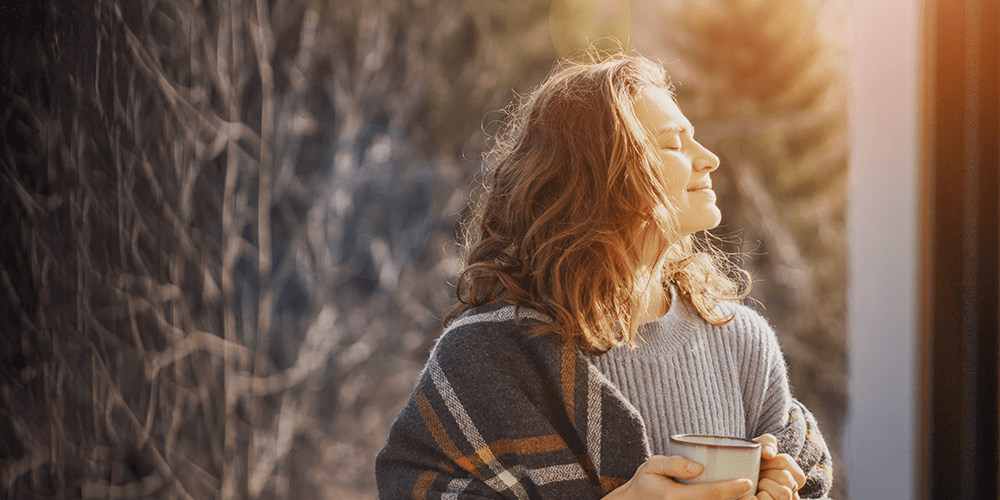Good Light, Bad Light, and Better Sleep

Exposure to light has a powerful effect on how well you sleep at night
Light exposure is one of the most important factors when it comes to regulating our circadian rhythm—helping keep the body’s natural sleep-wake cycle in sync.
Because our brains are hard-wired to stay awake during daylight hours and fall asleep when it gets dark at night, it’s important to consider how your exposure to light is affecting your sleep-wake cycle.
Put simply, bright, natural light helps you wake up, while dim, dark environments help you go to sleep. Unfortunately, nearly half of Americans say they’re not exposed to bright light indoors in the morning and afternoon.
According to the National Sleep Foundation’s 2022 Sleep in America® Poll, only 51 percent of Americans report exposure to bright light when they’re indoors during the morning and only 53 percent report bright light exposure in the afternoon.
When it comes to screen use, most Americans are staring at their TVs, phones, laptops, and tablets way too close to bedtime.
We could all be better at regulating our exposure to light, and when you understand the impact that light exposure has on your sleep-wake cycle, you can learn how to manage light exposure to feel more awake during the day and sleep healthier at night.
Timing Matters
Your circadian rhythm is most sensitive to light about one hour after the time you usually wake up each morning, and about two hours before your normal bedtime and through the night.
Exposure to light during these times will affect when your body naturally gets sleepy and is ready to fall asleep.
Bask in Bright, Natural Light
The presence of both natural and artificial light during the day puts your body in awake-mode.
When you wake up in the morning, nothing beats getting outside to enjoy the benefits of natural light. Make it a habit to step outside for at least an hour each morning or afternoon—you’ll be surprised how just a little sunlight can help you feel awake, alert, and ready for the day.
You can also look for more opportunities to incorporate light exposure into your daily routine. If you start your day with a cup of coffee, make it a point to drink it outside–weather and climate permitting—to get your jolt of caffeine and a healthy dose of natural light. Treat your dog to an extra 10-minute walk or two in the afternoon. And if you exercise, try going for your daily run outside instead of spending it on a treadmill.
Limit Light Exposure at Night
Light exposure at night is like resetting your body’s natural clock, causing wakefulness at the wrong time of day, and disrupting your sleep. That’s because our brain starts to produce melatonin, a natural sleep-regulating hormone, as it gets dark. Turning on bright lights and staring at blue-light emitting screens disrupts this process.
If you aren’t sleeping well at night, your phone, TV, or laptop could be the likely culprit. Most Americans are using screens right before they go to bed. Just like light exposure during the day helps you feel awake, this has the same effect at night—so it makes sense that looking at screens or keeping the lights on can make you restless and unable to fall fast asleep.
That’s why we recommend dimming the lights as you unwind in the evening and turning off screens (phones, tablets, televisions, and laptops) at least one hour before your usual bedtime.
Healthier Sleep in Within Your Reach
A few tweaks to your routine will have you feeling more alert during the day and can make it easier to ease into deep, peaceful slumber at night. By developing some new habits, you can harness the powerful effect that light exposure has on your sleep-wake cycle—and you’ll be feeling like your Best Slept Self® in no time.